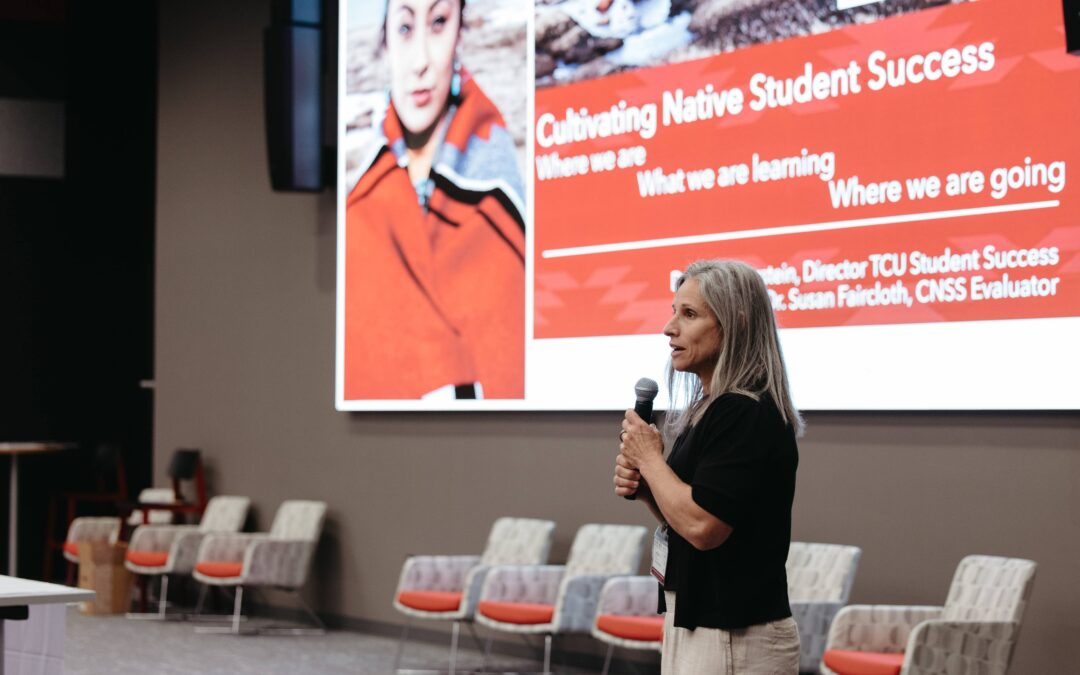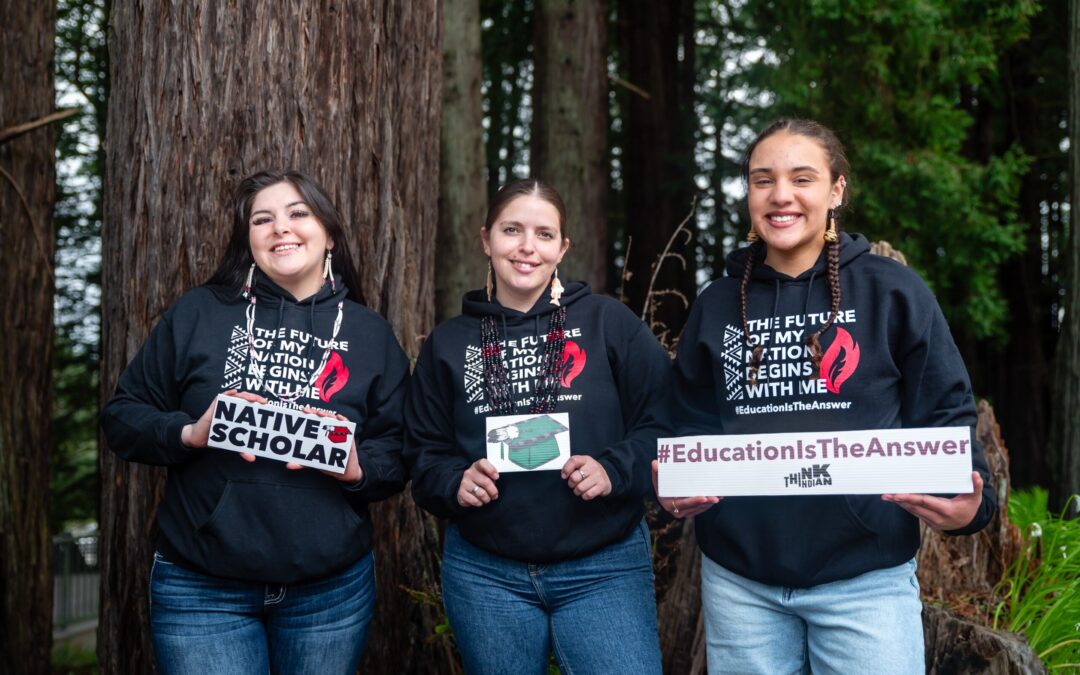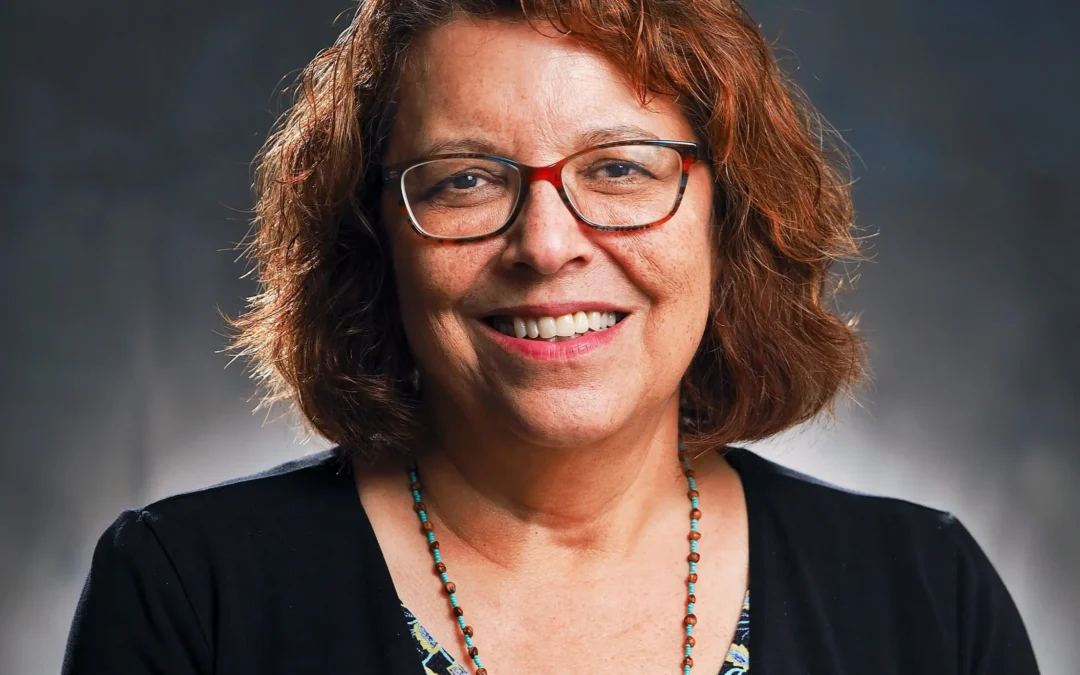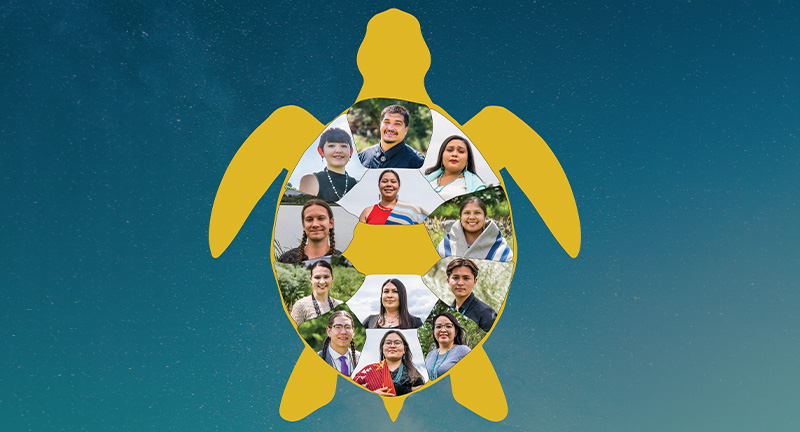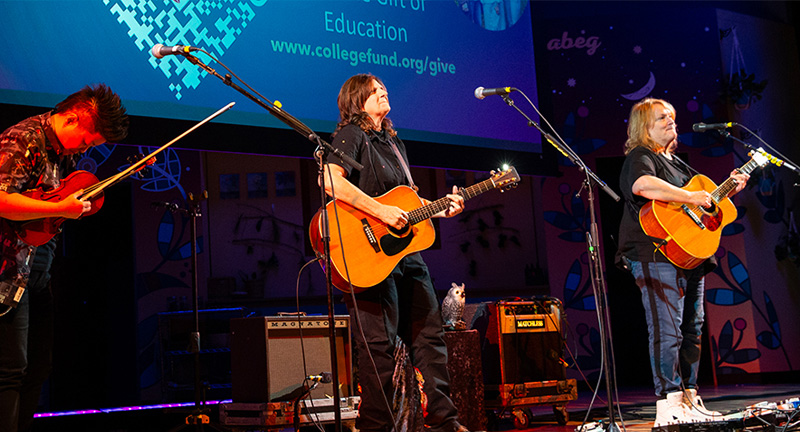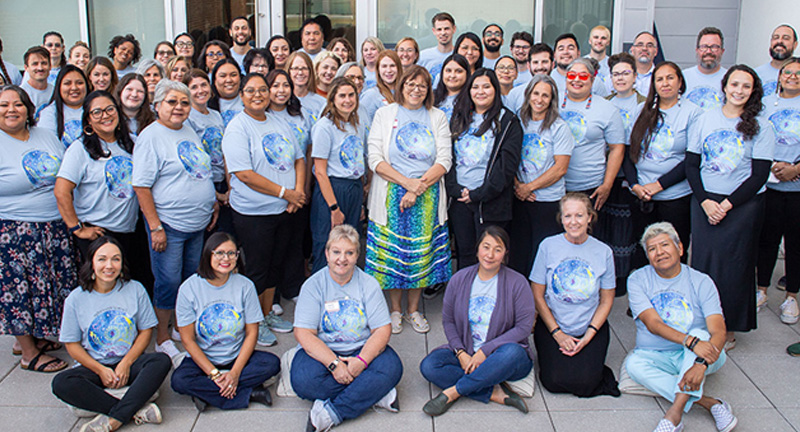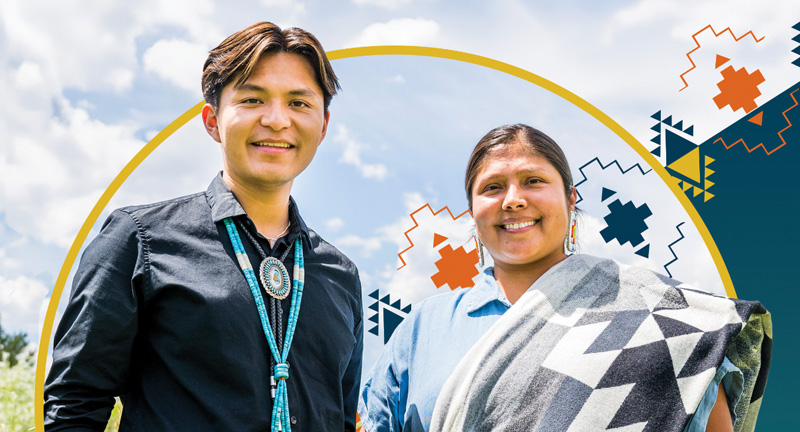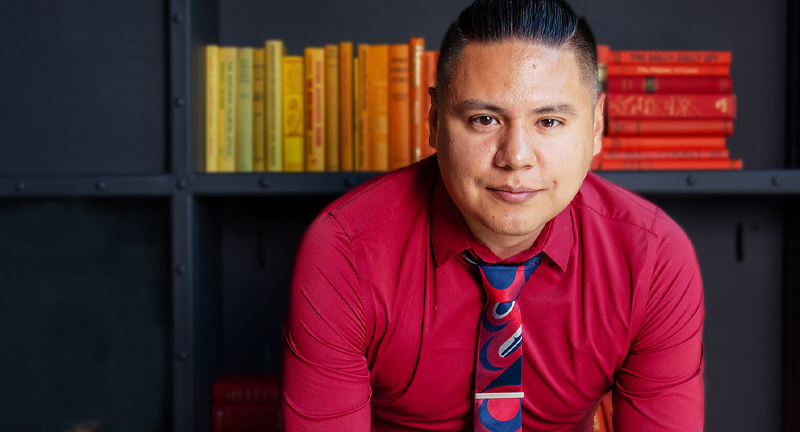American Indian College Fund to Preserve and Restore Traditional Native Art Forms
October 22, 2013
The American Indian College Fund will work with tribal colleges and universities (TCUs) in the upper-Midwestern states of Minnesota, Wisconsin, North Dakota, and South Dakota to preserve and restore Native arts. The program is designed to increase the intergenerational transfer of artistic and cultural knowledge and processes from elders to adults and children and to provide direct support for Native artists, while stemming the tide of lost and endangered art forms in Native communities. It is being funded by an $860,000 grant from the Margaret A. Cargill Foundation.
Existing Native arts programs at TCUs will be expanded by integrating culture-bearers, master artists, apprentices, and artists-in-residence into the programs to transfer their skills and knowledge concerning lost or endangered Native arts forms and their significance to their students and communities. The TCUs will also have opportunities to establish Native arts academic courses or community outreach programs using these instructors. In addition, new traditional Native arts academic core courses and outreach programs will be developed at TCUs that do not have existing Native arts programs.
The TCUs identified bow making; hide, cloth-painting, and quillwork using natural dyes; plaiting and sewn quillwork techniques; woodland and clay pottery; cedar, reed, and cattail weaving; and birch bark pattern and canoe-making as lost or endangered traditional and cultural art forms in their regions.
Dr. Cheryl Crazy Bull, President and CEO of the American Indian College Fund, said, “It is important to preserve and restore Native arts and cultural processes not merely for their aesthetic value. These forms of art and cultural practices are integral to Native identity. Arts were and are a method of storytelling, ceremony, and perpetuation of Native culture and tradition. Thanks to the generous support of the Margaret A. Cargill Foundation, the American Indian College Fund can work with tribal colleges to reclaim and restore what has been endangered, while integrating elders into the classroom.”

